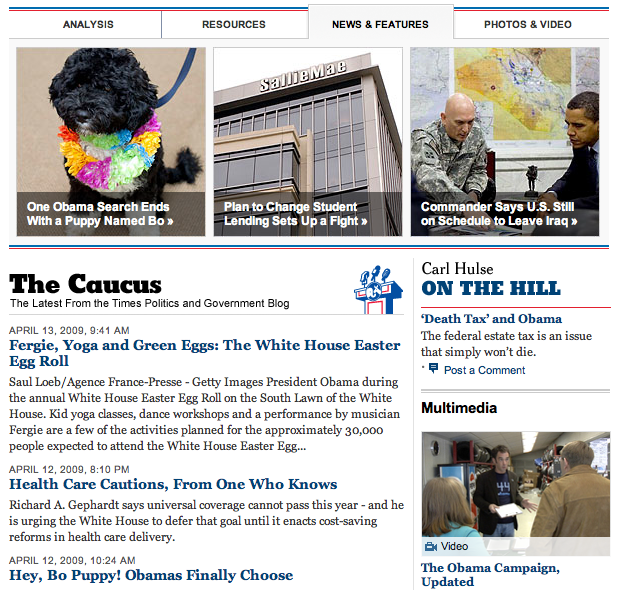Having just read parts of “Bowling Alone” by Robert Putnam for a class on Democratic Theory the topic of how social groups can stimulate civic engagement and political action has been fresh on my mind.
Part of Putnam’s basic premise is that community groups like the Elks Lodge, bowling leagues, etc. can create environments within which people feel more compelled to become engaged in their community and in politics. Furthermore, he sees current generations as severely lacking in their membership to these groups.
While Putnam doesn’t spend a tremendous amount of time (at least in the chapters that we read) discussing the role of new forms of community among younger generations we spent much of yesterday’s class discussing the role that Facebook has in creating a sense of community among people. Unfortunately we did not get into a discussion of Twitter because out of the 12 people I was the only one who had ever created an account and seen what Twitter was about.
Today, Peter Suderman at The American Scene posted an article titled “The Twitter Follow Racket”. In it he focuses a lot on the ways in which conservatives and corporations have dived right into to using Twitter and other new modes of communication. He writes that:
None of it seems terribly useful to me: Twitter-politics obsessives typically seem to inspire little more than added twittering about politics. It’s true that the right made it to this space first; but exploring new territory is only useful if you find and exploit valuable resources. People using Twitter for political activism are indeed doing something — but are they doing something useful? What does Twitter actually add?
While Suderman gets hung up on the way in which some people simply follow so many people that they could not possibly pay attention to anything but a small minority of those tweets he misses a significant point: it’s the size of Twitter that is part of what makes it politically useful.
If a politician has 10,000 followers and also follows thousands of people as well then yes, they (or their aide running the account) probably will not be able to actually read all of those tweets. However, if that politician wants to organize a rally, or encourage people to sign a petition, or simply discuss what he’s working on while in Washington it won’t take much to make an impact. Even if just 10% of the people read the tweet and pass it along to others, or in the best case, feel motivated to do something themselves, that’s still 1,000 people that were reached that may not have otherwise had any idea.
The sheer number of some people’s follower counts is certainly absurd, but that is not inherently wrong. It comes down to what I see as two distinct uses for the medium: individuals and everyone else. I want to use Twitter for the quality of information. I’ll follow enough people so that I can stay on top of what they’re posting and feel like I’m able to keep up with the information they’re putting out there.
A politician, celebrity, or corporation will want to use Twitter for a decidedly different purpose. They want the quantity of relations that it breeds. The biggest lesson I learned from Obama’s campaign is that sometimes being able to access a vast number of people is the most useful political weapon. If a politician can reach out to people in the thousands over Twitter then the question isn’t “What does Twitter actually add?” but rather, why aren’t more politicians using it?
